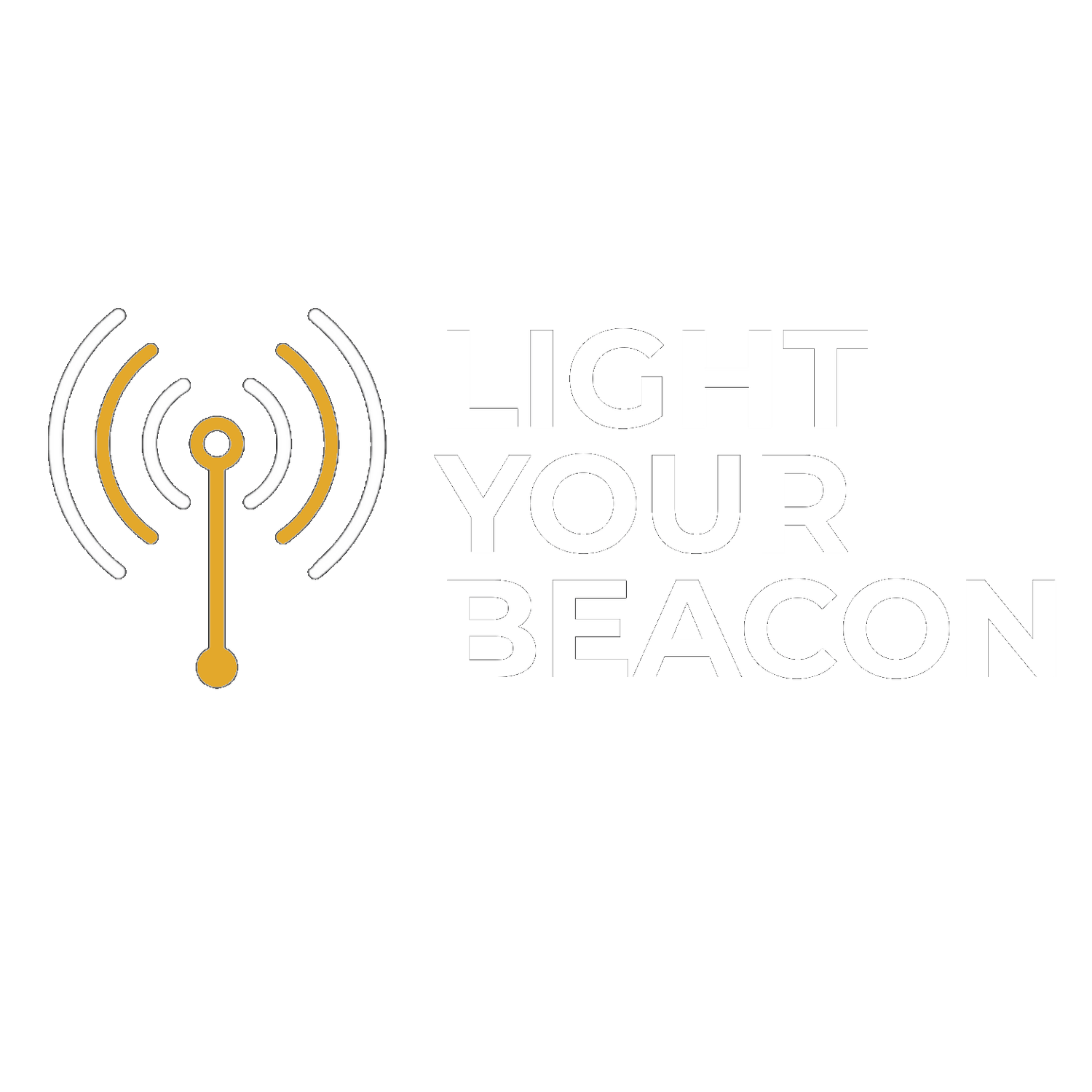How to Tailor Your Messaging to Different Audience Segments: A Step-by-Step Guide
Not every customer is the same—so why use the same message for everyone?
If you’re trying to reach a broad audience with one-size-fits-all marketing, you're likely missing out on real connections and meaningful conversions. Tailoring your messaging to different audience segments helps you speak directly to the needs, desires, and values of each group—boosting engagement, trust, and results.
Here’s a practical, step-by-step guide (with examples):
1. Identify Your Audience Segments
Start by breaking your target market into smaller, more focused groups. Think about what makes each segment unique.
Ask yourself:
What demographics define this group?
What do they value?
How do they behave as consumers?
Example:
Segment Name: Aspiring Creatives
Demographics: Ages 25–35, urban areas
Psychographics: Passionate about design, crave creative expression
Behavioral Patterns: Follow design influencers, take online courses
Valuegraphics: Growth, freedom, recognition
2. Address Specific Pain Points
Each group has its own set of challenges. When you acknowledge those pain points, your message immediately becomes more relevant and helpful.
Example:
Pain Point: Feeling stuck in a stagnant job
Your Message:
"Feeling stuck in your current role? Learn creative strategies to stand out and grow your career."
This kind of empathy shows your audience that you get them—and that you have a solution.
3. Use Relevant Language and Tone
The way you speak to a corporate professional will differ from how you talk to a creative freelancer. Match your tone and language to the personality of your segment.
Example:
Preferred Tone: Encouraging and inspirational
Example Language:
"Unlock new creative skills to elevate your career and get noticed in your industry."
Language matters. The right words can either invite someone in or push them away.
4. Highlight Specific Benefits
What’s in it for them? Don’t just talk about what your service does—talk about how it makes their life better.
Example:
Benefit:
"Gain practical design skills and portfolio-worthy projects to reach your career goals faster."
Always tie the benefit back to something the audience genuinely wants.
5. Include Testimonials or Case Studies
Real stories from people like your audience build trust and reduce hesitation. Use testimonials that match each segment’s identity and journey.
Example:
Testimonial:
"John was able to overcome creative blocks and land a promotion after completing our program."
If you don’t have many testimonials yet, start collecting them now with a short feedback survey or post-program follow-up.
6. Tailor Your Call-to-Action (CTA)
Once you’ve connected with your segment, it’s time to invite them to act. Make your CTA feel natural and relevant to their mindset.
Example:
CTA:
"Ready to unlock your creative potential? Schedule a free consultation today!"
Match the energy of your CTA to where your audience is in their journey—soft for awareness, stronger for action-ready leads.
7. Test and Optimize
You won’t get everything perfect on the first try—and that’s okay! Plan to test variations of your message to see what truly resonates.
Example:
Testing Method: A/B testing two headlines in an email campaign
How Will You Track Results? Open rates, click-throughs, and conversions
Gather feedback, look at the data, and refine your messaging regularly.
Final Thoughts
When you take the time to understand and speak directly to each segment of your audience, your messaging becomes magnetic. You stop selling and start connecting—and that’s where the real magic happens.
Subscribe now.
Sign up to get new articles each week, as well as the most interesting stories and news straight to your inbox.
ABOUT LYB
LightYourBeacon is a suite of cohort-based Self-Employment Programs, built for aspiring entrepreneurs, and for the organizations that serve them.
Keep shining. Keep growing.
INCLUSIVITY
LightYourBeacon is an open and inclusive program We believe diverse perspectives enrich the learning experience, and we’re committed to creating a supportive environment where every student feels respected and encouraged to grow.
TERRITORIAL RESPECT
With gratitude and respect, we acknowledge the traditional territory of the Snuneymuxw people (Nanaimo BC, Canada), and honour their enduring care for the regional land and waters.



